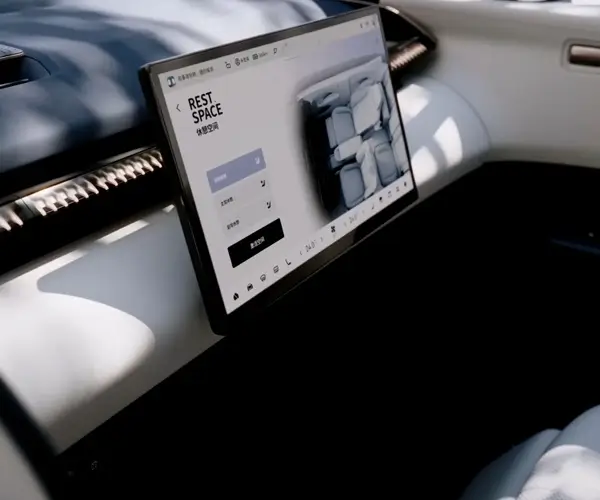In the vast universe of mechanical engineering, few components are as pivotal yet often overlooked as the coupling between a motor and a gearbox. It’s a silent hero that holds the key to seamless power transmission, smooth operation, and the longevity of industrial machinery. Imagine the intricate dance of a high-speed motor fueling a gearbox that adjusts torque and speed to match the load requirements—without the right coupling, that dance risks becoming a discordant stumble.

At its core, the coupling serves as the vital bridge tethering the motor's rotational force to the gearbox’s gears. Think of it as the handshake that ensures two hands—each with their own strength, speed, and potential quirks—work together harmoniously. Proper coupling guarantees that the motor's torque is delivered efficiently to the gearbox, enabling machinery to operate at peak performance levels while minimizing wear and tear.
But what makes an ideal coupling? The world of couplings is diverse, with options ranging from rigid to flexible, elastic to torsionally compliant. Each type is designed to suit specific application needs, balancing factors like misalignment accommodation, vibration damping, torque capacity, and maintenance demands.
Rigid couplings, as the name suggests, forge an inflexible link—perfect for systems where shafts are precisely aligned and misalignment is minimal. They transmit power without any damping, which makes them exceptionally straightforward but potentially damaging in misaligned setups or under shock loads. This means that for applications where precision and strict alignment can be maintained, rigid couplings are a cost-effective, simple choice.
Flexible couplings, on the other hand, are designed to accommodate misalignments and absorb shocks. They feature elastic elements—such as rubber, elastomers, or spring systems—that allow slight shifts without transmitting detrimental forces to the machinery. This flexibility is crucial in industrial settings where perfect alignment is challenging due to thermal expansion, ground vibrations, or installation tolerances. By absorbing shocks and damping vibrations, flexible couplings extend the operational life of both motor and gearbox, preventing premature failure.
Vibration and noise reduction are significant benefits of choosing the right coupling, especially in environments where equipment efficiency and operator comfort matter. Imagine a factory floor where each machine hums smoothly, with minimal noise—this serenity is often achieved through thoughtful coupling selection that buffers the system from unwanted oscillations.
Alignment plays a critical role here. Slight misalignments—be they axial, angular, or parallel—can introduce stresses into the coupling and connected components. Over time, these stresses lead to increased wear, reduced efficiency, and unexpected downtime. Proper alignment, combined with the right coupling type, can mitigate these risks dramatically. Some modern couplings incorporate advanced features like adjustable elements or self-aligning mechanisms, making maintenance easier and ensuring sustained optimal performance.
The choice of coupling also impacts maintenance routines. Rigid couplings generally require less attention once properly installed but can cause more damage if misaligned. Flexible couplings, while slightly more complex, often come with features that facilitate easier inspection, replacement, or adjustment—saving downtime and operational costs in the long run.
Torques involved in motor-gearbox systems vary widely—think of a conveyor belt hauling heavy loads or a precision robotic arm positioning delicately. The coupling must handle these torques reliably without deformation or failure. Engineering considerations include selecting a coupling with a sufficient torque rating, as well as properties that suit the dynamic characteristics of the system, like overload capacity or torsional flexibility.
But beyond the technical specifications, there's the matter of system integration. Couplings are not just functional components but also strategic choices that influence the entire mechanical architecture. A well-chosen coupling aligns with the system's load characteristics, maintenance schedules, and operational environment, creating a resilient foundation for machinery operation.
In sum, the coupling between motor and gearbox isn’t merely a mechanical link—it's a sophisticated interface that holds the machinery's heartbeat, affecting performance, durability, and efficiency. As industries evolve towards smarter and more reliable automation, understanding the nuance of motor-gearbox coupling becomes more important than ever. In the next part, we'll explore emerging trends, innovative coupling technologies, and practical tips to select the best coupling for your specific needs.
Leveraging innovations in modular drive technology, Kpower integrates high-performance motors, precision reducers, and multi-protocol control systems to provide efficient and customized smart drive system solutions.




































